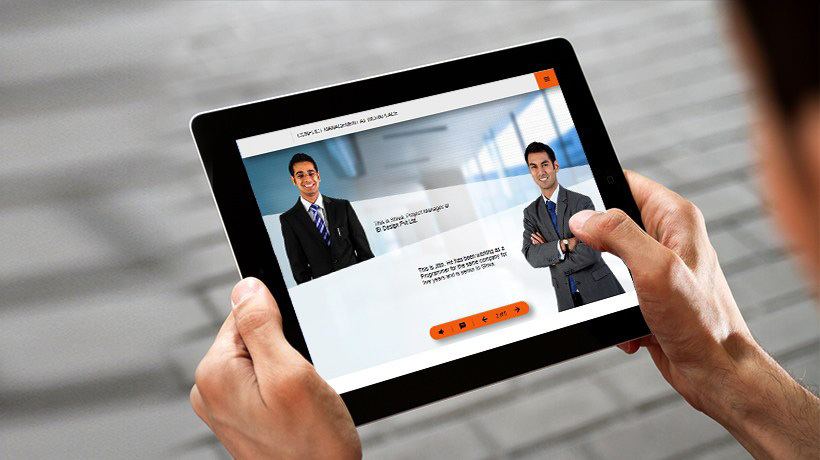A New Learning Strategy For L&D Professionals
Do you have a course that you want to sell? Do you wonder what would make your course more attractive to your learners? Have you been wondering about the techniques that could enhance the learning path for your students? If you answered yes to any of the above questions, then you will want to explore the technique of learning highlighted in this article. Here, we are going to explore the advantages of a new learning technique known as the scenario-based learning technique. Digitally, teachers or mentors have a lack of hands-on interaction with the learners, which often poses a challenge for them. To overcome this challenge, new learning techniques are being adopted to create the best online courses. Some of the top best-seller courses on LMS platforms use this learning technique to enhance the digital experience for the learners. These LMSs are constantly providing provisions for eTeachers to adopt various means in order to make the courses interesting and engaging.
What Do You Mean By Scenario-Based Learning Experiences?
Scenario-based learning is a technique that utilizes graphics and other content to build an interactive situation for the students going through the course. For example, if the course content covers topics such as languages, then scenario-based learning will include some dialogue between the student and some entity made of graphics. This would not only be engaging and interesting for the student but it would also allow them to explore the knowledge they have gathered and practice it. Thus, scenario-based learning can also be used to enhance the hands-on experience of learning and practically apply the knowledge learned through the online course.
Simply put, scenarios help students put the information into context. For example, graphics and other constructs help students have audiovisual memory of the topics, which makes it easier to remember the topics covered. Scenario-based learning also depends a lot on feedback, thus utilizing this technique would let you know which students are progressing well and which students need more attention to overcome tough topics. Thus, course mentors and guides can use feedback from this learning technique as well as assignment scores to provide support to the students lagging behind.
Is The Scenario-Based Learning Technique Truly Effective?
Statistics show that gross content such as monotonous PDFs and long video lectures are not enough to hold the interest of the average student. 72% of students report that they have a better time learning and remembering topics if video lectures are backed up with assignments or practical tasks that they can apply their minds to. If you are trying to create content that is engaging and interesting for your students, then utilizing scenario-based learning might become crucial for you. Some of the major advantages of scenario-based learning are the following:
1. Interactive
Scenarios or stories are instinctively attractive to students because the students are curious to know the outcomes of each action. They also find it a fun challenge to explore puzzles and apply the knowledge they gain throughout the course. It is also a positive way to assess the progress of the student without putting pressure on them unlike other assessment tools such as exams and tests.
2. Feedback And Assessment
Scenarios help the course moderator understand the progress of the students. For example, if a student fails to pass basic scenarios, then the course moderator can use that feedback to learn that this student is not learning well from the course and may discontinue it soon.
3. Dynamic Tool
A scenario-based learning technique may be question-based, exploration-based or a combination of both. As per the needs of the course, you can choose the type of scenarios you need in order to engage the interest of your learners. You can also use the feedback of the scenarios to direct the students to certain sections of the course. For example, if your student fails a scenario about chapter 5 of your course, then you can use tools to direct the student back to chapter 5 to recover the course content provided there.
Scenario-based learning can be extremely useful for courses such as leadership training or grooming classes, where real-life scenarios can be easily portrayed to the student for real-time decision-making. However, now everyone is using them in regular subject teaching. This is where it becomes more relevant and effective. Modern learners do not have the time to go through an 81-page-long document. This is why visual scenarios are getting more popular in the field of online education.









